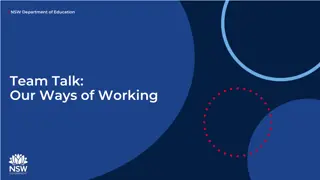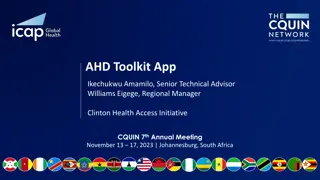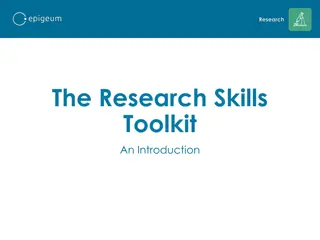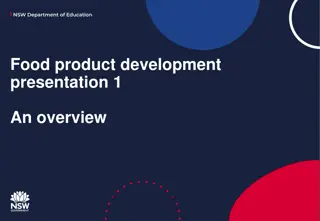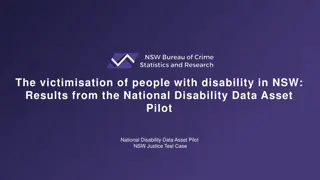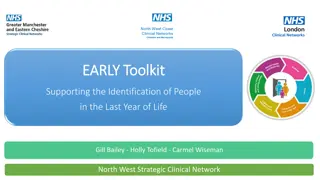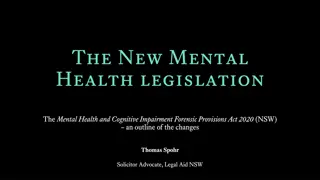NSW Department of Education Mathematics Research Toolkit
NSW Department of Education's research toolkit focuses on unpacking the evidence base related to numbers and algebra, forming groups, surfacing significant ideas, and posing questions to enhance mathematical instruction. The toolkit encourages educators to explore teaching with a greater emphasis on patterns and structures to benefit student learning. It prompts reflection on implementing changes in the classroom to improve student outcomes based on research findings.
Download Presentation

Please find below an Image/Link to download the presentation.
The content on the website is provided AS IS for your information and personal use only. It may not be sold, licensed, or shared on other websites without obtaining consent from the author. Download presentation by click this link. If you encounter any issues during the download, it is possible that the publisher has removed the file from their server.
E N D
Presentation Transcript
NSW Department of Education Numbers and algebra Forming groups Research toolkit: Unpacking the evidence base
NSW Department of Education Acknowledgement of Country I would like to pay my respect and acknowledge the Traditional Custodians of the land on which we gather. I pay respect to Elders past and present and extend that respect to other Aboriginal people here today. Title by Artist 2
NSW Department of Education Research toolkit: Unpacking the evidence base Numbers and algebra Forming groups List all the areas of mathematics Virtually all mathematics is where you see patterns. based on pattern and structure (Mulligan & Mitchelmore 2009, p. 33) 3
NSW Department of Education Research toolkit: Unpacking the evidence base Surfacing significant ideas Thinking creatively and critically with research 1. Read the article and highlight two passages that represent the most significant ideas. 2. Each person writes their short passages with associated page numbers and posts them somewhere visible to the whole group (post it notes on a wall or digital alternative e.g. Microsoft Whiteboard, Jam Board). 3. Each person presents one significant idea from the text, stating why it s significant and what implication it has for their work. Members of the group add to this idea after each person has presented their idea. 4. If a significant idea is connected to another person s idea, the short passages should be moved together. 5. The process is repeated until each person has presented a significant idea. 6. Time permitting, the second set of significant ideas can be shared. 7. A general discussion summarising what has been learned. 4
NSW Department of Education Research toolkit: Unpacking the evidence base Numbers and algebra Forming groups Questions to ponder How could you teach mathematics with a greater focus on pattern and structure? Why would this approach to mathematical instruction be beneficial to students? Which mathematical substrands could not be comprehensively taught with a focus on pattern and structure? 5
NSW Department of Education Research toolkit: Unpacking the evidence base Call to action What could this look like in my classroom? What changes can we make as a school in light of this research? How could this improve student learning? 7






